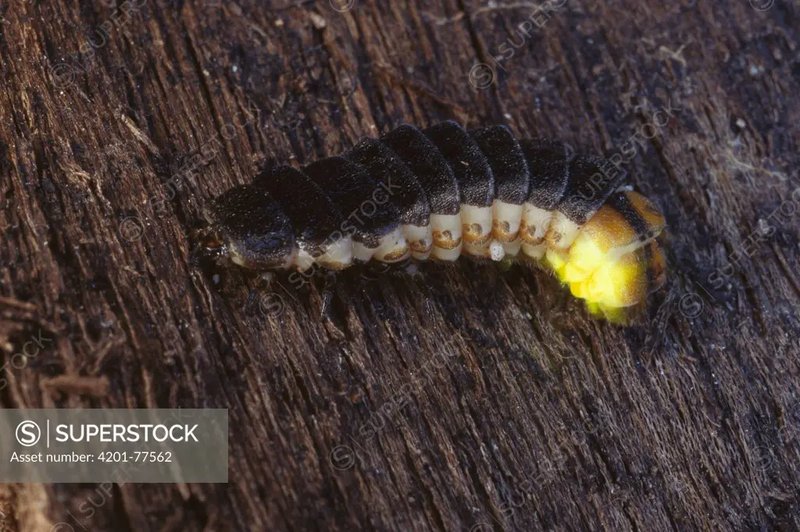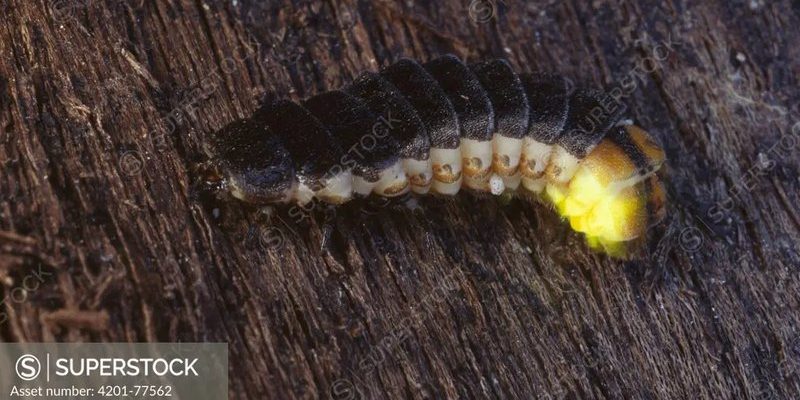
You might be wondering, who exactly eats glow worms? That’s an interesting layer to peel back. To put it simply, just like every other creature in nature, glow worms aren’t just sitting around waiting to shine; they have to be aware of the dangers that could snatch them away. Let’s dive into the world of glow worm predators and see what’s after these luminous larvae.
The Life Cycle of Glow Worms
Before we jump into the predators, let’s take a moment to understand glow worms themselves. These fascinating creatures aren’t worms at all; they’re actually the larvae of beetles, specifically from the Lampyridae family. They start their lives as small eggs, hatching into larvae that emit that captivating glow.
Their glow serves a primary purpose—it attracts prey, often flying insects, which they capture using sticky silk threads. This bioluminescence is like a beacon, pulling in unsuspecting victims who think they’re approaching a warm light. However, the glow isn’t just for hunting; it’s a part of their mating ritual, too.
While glow worms might look harmless, they spend about six months in this larval stage before transforming into adult beetles, which don’t glow and, frankly, focus more on reproduction than anything else. Knowing this life cycle helps us understand just how they fit into the ecosystem—and, more importantly, who’s keen on munching on them.
Main Predators of Glow Worms
So, who are the primary predators of glow worms? Surprisingly, a variety of creatures have developed a taste for these glowing larvae. Here’s a closer look at some of the key players:
- Birds: Several bird species are known to hunt glow worms. They have sharp eyesight and are quite adept at spotting the glowing light in dark environments. Birds such as tits or wrens are common predators.
- Spiders: Some spiders have a particular fondness for glow worms. They may set traps nearby or hunt them directly, capitalizing on the glow that helps the larvae attract their meals.
- Insects: Other insects, especially larger predatory beetles, aren’t shy about eating glow worm larvae. They can outcompete the glow worms for food or even see them as a source of protein.
These predators have adapted over time to locate and consume glow worms, making them key components of the glow worm’s survival puzzle.
The Impact of Predation
Predation has a significant effect on glow worm populations. It’s like nature’s balancing act—while glow worms thrive in dark, damp environments, they must constantly be vigilant against their hunters.
When bird populations increase, for example, you might see a decline in glow worm numbers. This relationship shows how interconnected ecosystems are. If one species flourishes, it can put pressure on another. This dynamic keeps both predator and prey in check, ensuring neither becomes too dominant.
Interestingly, the presence of glow worms can also indicate a healthy ecosystem. These luminous larvae thrive in clean, unpolluted environments, so if they’re found in abundance, it can mean that the habitat supports a wide range of species, including their predators.
Do Glow Worms Have Defenses?
You might be thinking, “Do glow worms just sit back and let themselves be eaten?” Not quite! Glow worms have developed several defenses against their predators. For one, their bioluminescence isn’t just for show. It also serves as a warning signal to some predators that they might not taste good or could even be toxic.
Additionally, their silk threads that help capture prey can also entangle those who dare to hunt them. Imagine a glow worm setting up a trap—not just to catch dinner, but to confuse or hinder its own predators. It’s a clever twist on survival tactics!
Moreover, their habitat plays a crucial role in their defense. By living in damp, dark areas, they can sometimes hide from potential hunters. If they can stay out of sight, they have a better chance of thriving.
The Role of Glow Worms in the Ecosystem
So, why do glow worms matter beyond just being beautiful? They play a pivotal role in their ecosystems. As both prey and predators, they contribute to the food chain and help maintain balance in their environment. They provide food for various species, like the birds and spiders we talked about earlier, while also helping control insect populations.
In turn, this balance is beneficial for plants and other organisms in their habitats. Glow worms’ presence signals a thriving environment, encouraging biodiversity, which is essential for ecological health.
So, when you see those twinkling lights in the night, remember—there’s more than meets the eye. These creatures are a vital part of their ecosystem, and their interactions with predators reveal a rich tapestry of life.
Conservation of Glow Worms
Unfortunately, glow worms face threats from habitat destruction and pollution. If their homes—like caves and forests—are damaged, their populations can decline, affecting everything in the food web. Conserving their habitats is essential, not just for glow worms but for all the species that rely on them.
Efforts are underway in many regions to protect these creatures. Initiatives that focus on habitat restoration and pollution reduction can help ensure that glow worms continue to glow in our forests for generations to come.
In addition to direct conservation efforts, raising awareness about these intriguing creatures can foster appreciation and inspire action. By educating ourselves and others, we contribute to a better understanding of how our actions impact these delicate ecosystems.
Glow worms may seem like simple, enchanting insects lighting up our darkest hours, but they stand at a crossroads of life and death within their ecosystems. With a variety of predators, clever defenses, and an integral role in the environment, they offer a glimpse into the amazing complexity of nature.
So next time you find yourself marveling at a glow worm’s glow, remember the intricate web of life surrounding it. Each flicker tells a story not just of survival but of balance, beauty, and the importance of nurturing our natural world. Let’s keep those lights shining bright!

